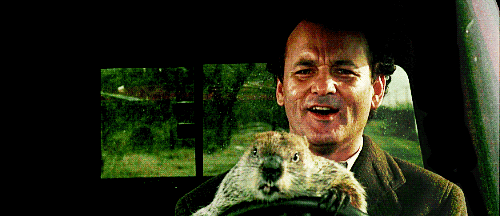Groundhog Day 2017: 3 Diseases You Can Get From Those Rodents
Groundhog Day is upon us once more. Again hordes will gather to get a good look at a giant rat and play along as its handler pretends to interpret the groundhog’s “prediction” for our weather during the rest of the winter, much to the chagrin or delight of certain meteorologists, depending on who you ask.

If the ludicrousness of the holiday itself or the disgusting visage of the groundhog is not enough to turn you off to the “holiday,” please delight in these diseases a groundhog could spread to a human.
Powassan disease
Groundhogs, which are the same thing as woodchucks, carry ticks that can transmit this disease to humans. It’s rare — according to the Centers for Disease Control and Prevention, there have been only 60 cases in the United States in the last decade — but can cause “fever, headache, vomiting, weakness, confusion, seizures, and memory loss,” as well as neurological problems in the long-term. “There is no specific treatment, but people with severe POW virus illnesses often need to be hospitalized to receive respiratory support, intravenous fluids, or medications to reduce swelling in the brain.” The disease is related to West Nile virus.

Rabies
How much wood can a woodchuck chuck? Not a lot, but it can chuck rabies your way. The Humane Society notes that the groundhogs “may be aggressive when this disease has taken its final hold on them” so you should get tested for rabies if one attacks you.
The Mayo Clinic describes rabies symptoms as including a fever, headache, nausea, anxiety and confusion, trouble swallowing, hyperactivity, salivation, fear of water, hallucinations, insomnia, paralysis and agitation.

Tularemia
Humans can get this bacterial disease from a tick bite or by coming into contact with skin from an infected animal, like a groundhog. “In particular, this can occur when hunting or skinning infected rabbits, muskrats, prairie dogs and other rodents,” according to the CDC. Symptoms include skin ulcers, eye irritation and inflammation, and other nasty signs.
These are just three things to think about the next time you pester a groundhog to tell you whether it’s going to be cold for the next few weeks.
See also:
Mice Feels Their Friends’ Suffering
What Rats Can Tell Us About Autism




























